Echoes of the Millstone: Onines and the Enduring Spirit of Lithuanian Bread
Unearth Lithuania's profound connection to bread through Onines. Explore ancient rituals, diverse regional traditions, and how this sacred staple shaped national identity and spirit.

The Sacred Hearth: Bread's Ancient Rituals
have long held bread in a place of profound reverence, far beyond mere sustenance. It's woven into the very fabric of their culture, appearing prominently in songs, tales, myths, and beliefs. The respect for bread stemmed from the immense labor it demanded, a truth echoed in countless proverbs like "If you don't plow, you won't have bread" or "Sit idle in summer, lack bread in winter." These weren't just sayings; they were life lessons, emphasizing diligence and the direct link between effort and survival. The even offers educational programs like "Bread doesn't come on the wind" to instill this understanding.
Bread was so central that its slicing became a significant social and symbolic act. The head of the household, usually the father, would sit at the most honorable place at the table and carefully cut the loaf. The thickness of the slices revealed a host's character – generous if thick, stingy if thin enough to see the sun through. A special ritual involved the "corner piece," cut diagonally from both sides of the loaf. This first piece was often given to the eldest married son, wishing him a son, or withheld if a daughter was desired. Even a girl's readiness for marriage was tied to her ability to bake bread, with a popular superstition suggesting eating 99 corner pieces would lead to finding a husband. This intimate relationship with bread began early; one woman, , fondly recalls sleeping beside the dough trough as a child, feeling proud to be "growing the bread," an early introduction to its sacred journey from grain to hearth. Bread wasn't just food; it was a companion throughout life, revered and honored through every ritual.
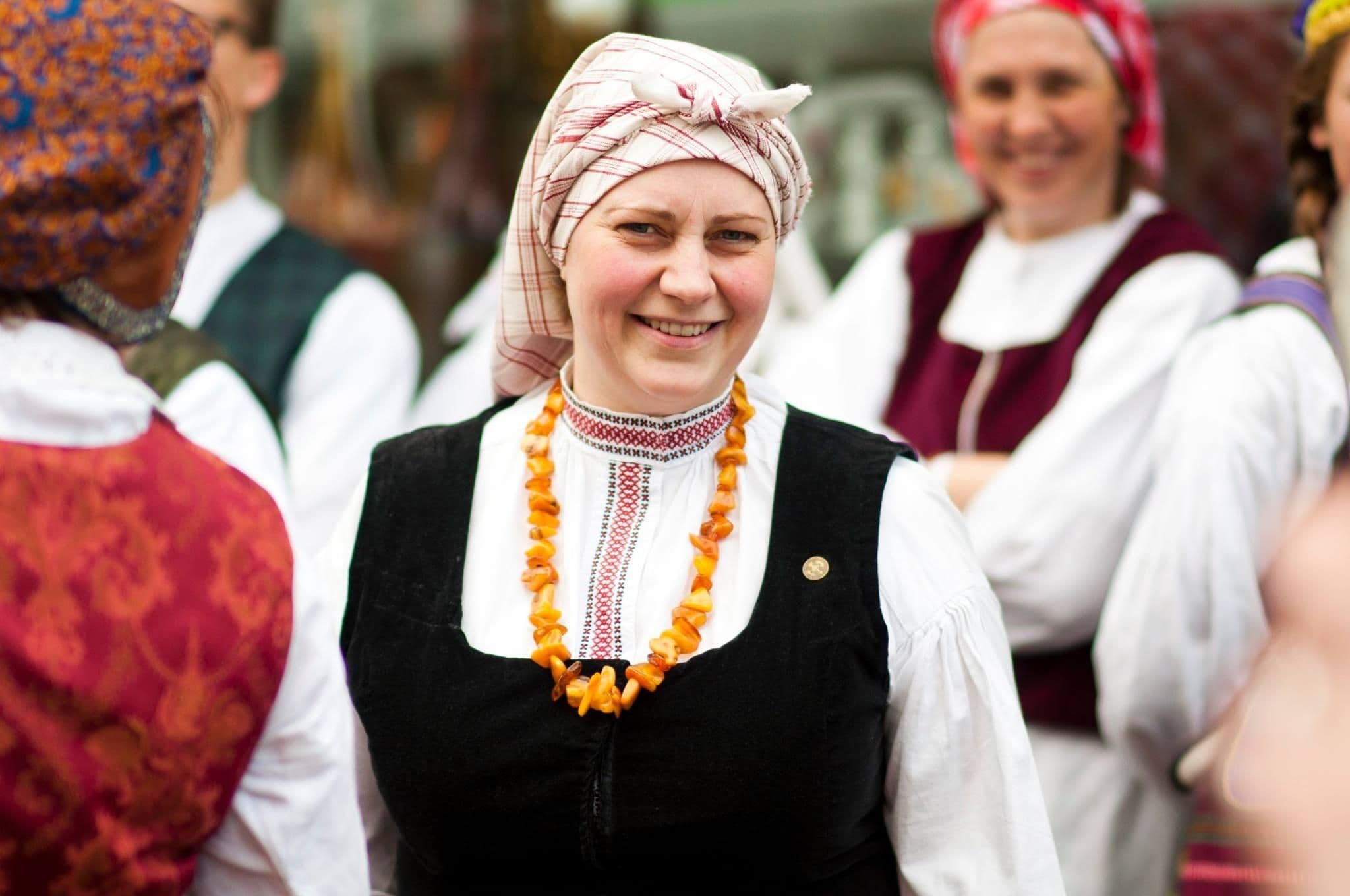
A Taste of Terroir: Regional Bread Identities
For over two millennia, rye bread has been the staple of the diet, its fundamental recipe remarkably consistent despite minor evolutions. Initially, dough was simply mixed with warm water, salt being a later addition. The advent of scalded (plikyta) bread marked a significant improvement, yielding a distinct sweet-sour taste and a longer shelf life, crucial for a peasant society. While rural families meticulously baked their bread at home, never purchasing it, wealthier urbanites in the early 20th century began to patronize bakeries. Imagine the sheer volume: a hardworking man once consumed an astonishing 1 to 1.5 kilograms of bread daily, alongside generous portions of soup, highlighting its central role in providing strength for arduous labor.
Regional variations, shaped by local ingredients and traditions, added another layer to this bread culture. In the historical regions of and , for instance, the common black bread was made with just flour, sourdough, water, and caraway seeds. The process was a timeless rhythm: flour mixed with warm water in the evening, kneaded and baked the following morning. This deep connection to the harvest culminates annually on July 26th with , or Saint Anne's Day. This day, often marking the end of the most demanding summer fieldwork, traditionally signified the ripening of the harvest and the start of the rye cutting. It was a pivotal moment, a kind of agricultural New Year, where housewives eagerly baked the first fresh bread from the new crop, solidifying the old saying: "If you have bread, you won't starve." This association earned Saint Anne the affectionate title, "Lady of Bread," celebrated in proverbs like "Saint Anne arrives with fresh bread" or "Saint Anne, a good wife, spreads bread with sour cream."
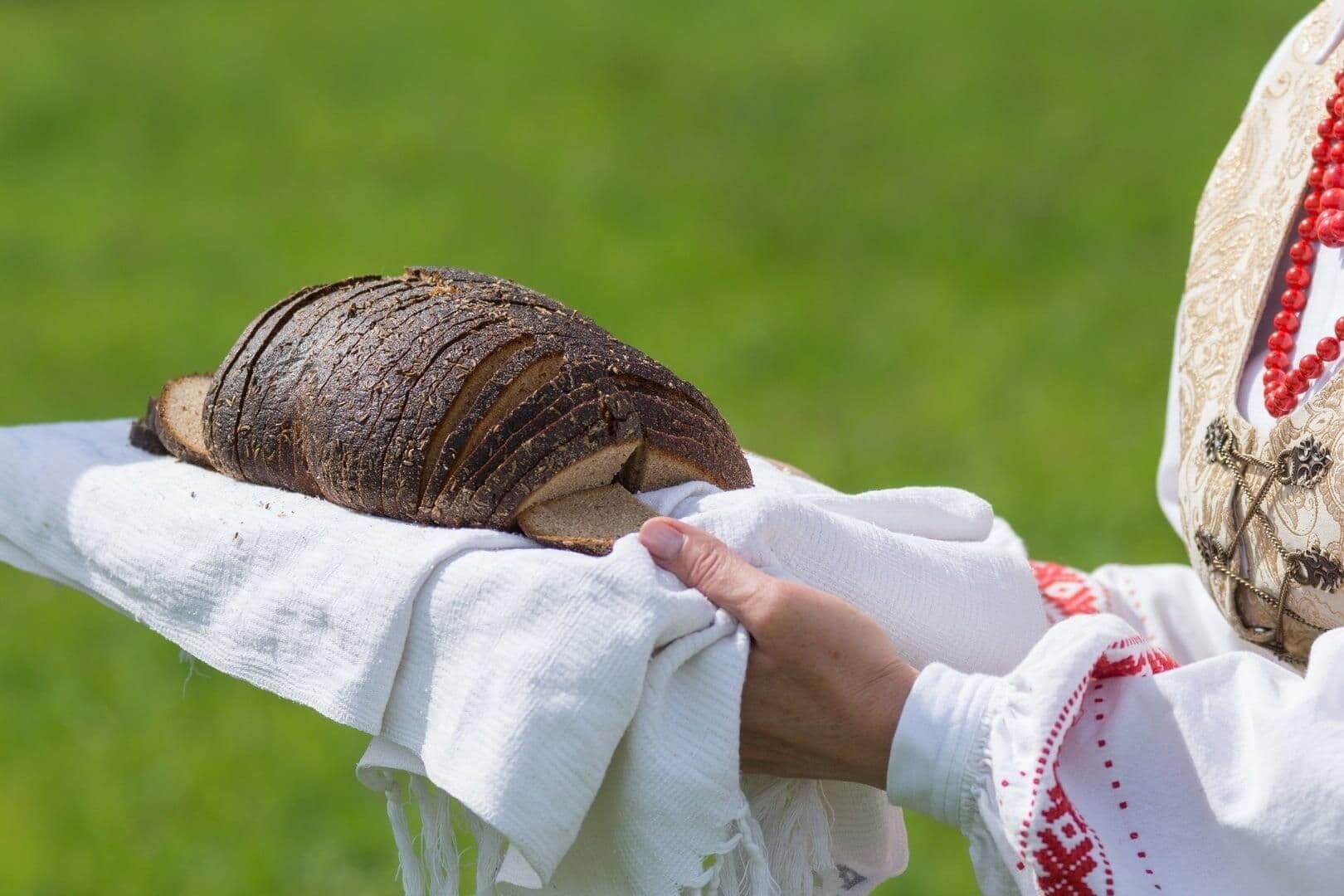
From Survival to Soul: Modern Connections to an Old Tradition
Today, the question "Have you tasted fresh bread this year?" might sound odd, given the endless varieties lining supermarket shelves and the ease of home baking with diverse ingredients, from seeds to bananas. Yet, for , the significance of bread extends far beyond convenience. While its role has shifted from a daily struggle for survival to a cherished cultural icon, the deep-seated values instilled by generations of ancestors – those who understood the immense labor involved in bringing bread to the table – continue to resonate. The ethnographic museum addresses this modern disconnect with educational workshops, reminding us that "Bread doesn't come on the wind," and highlighting the virtue of diligence.
Preserving this heritage is especially vital for children, who often perceive bread as simply a store-bought commodity. Museum educators advocate for hands-on experiences: letting kids mix dough, put loaves into ovens, or even just practice slicing bread, an act that once held profound social meaning. This active participation helps them grasp the journey from field to table and appreciate the harvest. Indeed, the lessons of our grandparents and the narratives embedded in literature resurface at significant life moments. Bread remains a steadfast presence in contemporary Lithuanian rituals, from bachelorette parties to wedding receptions, where newlyweds are greeted with a loaf as a wish for enduring prosperity and abundance in their new home. For the vast diaspora spread across the globe, a simple loaf of dark rye bread isn't just a nostalgic treat; it's a potent symbol, a tangible link to their homeland and a taste of enduring identity.
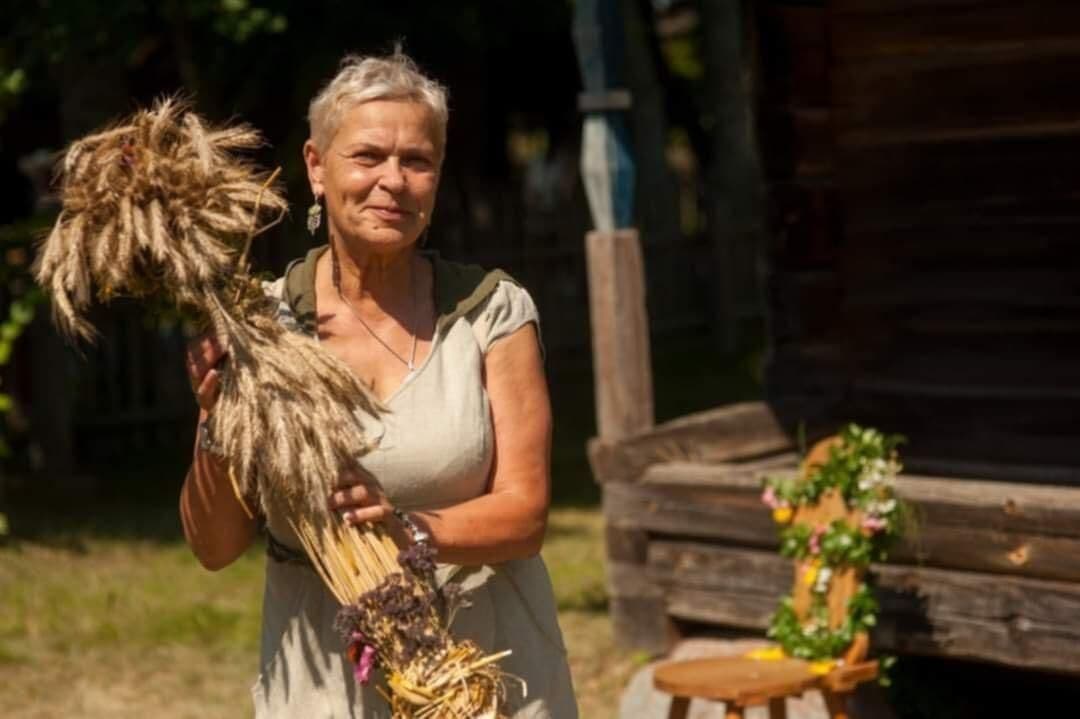
Onines Reimagined: Celebrating Abundance and Ancestry
, celebrated on July 26th, remains a vibrant focal point for , marking not only the name day for all Onas but also the culmination of the summer's most demanding agricultural tasks and the joyous arrival of the new harvest. This auspicious day traditionally brought entire families and extended kin together at village or town churches for St. Anne's indulgences. Following the religious observances, a lively fair, or kermošius, would often follow, offering colorful sweets and a chance for community bonding before families dispersed to host festive meals.
While the honoring of those named Ona might involve a symbolic wreath, perhaps adorned with rye ears, the true essence of , as emphasized by ethnographers, lies in its celebration of the harvest itself. It's about acknowledging the abundance and the hard-won fruits of labor. Thus, a more fitting tribute to an Ona today might be a freshly baked rye loaf, a traditional ragaišis (a type of rye bread), or even a dish made from the new season's potatoes, which were traditionally harvested around this time. This festival, deeply rooted in the agrarian cycle, continues to symbolize material well-being and a rich, fulfilling life. By participating in these traditions, whether baking a fresh loaf, attending a community gathering, or simply reflecting on the journey of bread from field to table, , both at home and abroad, actively connect with their ancestral past, celebrate present abundance, and ensure that the enduring spirit of their relationship with bread continues to thrive for generations to come.
Related Articles

Milazzo: Where Sicily's Past Blooms Anew in Every Flavor and Artisan's Hand

Milazzo: Where Sicily's Past Blooms Anew in Every Flavor and Artisan's Hand

The Palate & The Purse: Mastering Japan's Monthly Meat Festival

The Palate & The Purse: Mastering Japan's Monthly Meat Festival
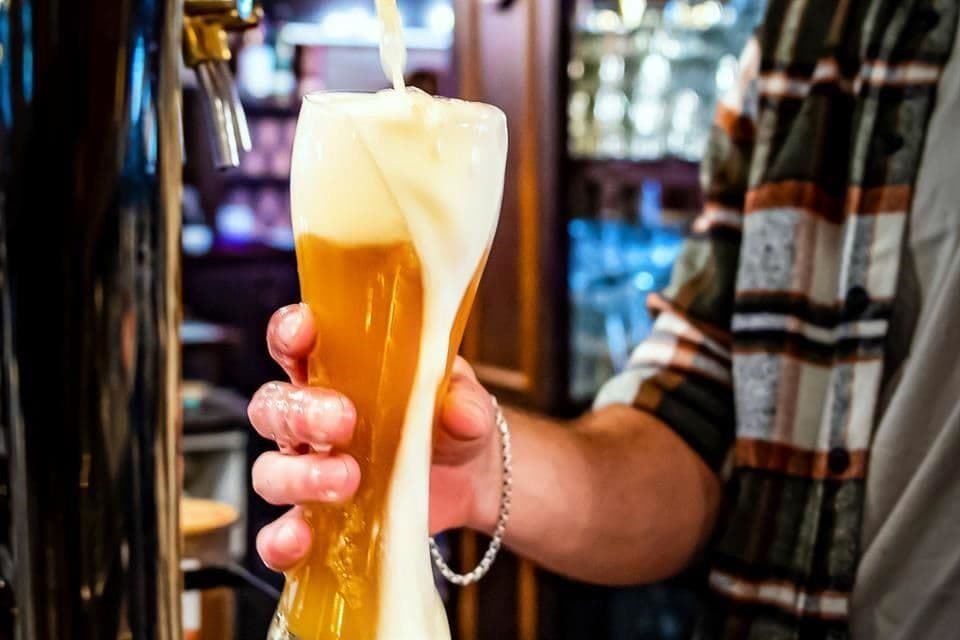
Decoding the Brew: A Journey into Beer's Creative Heart

Decoding the Brew: A Journey into Beer's Creative Heart
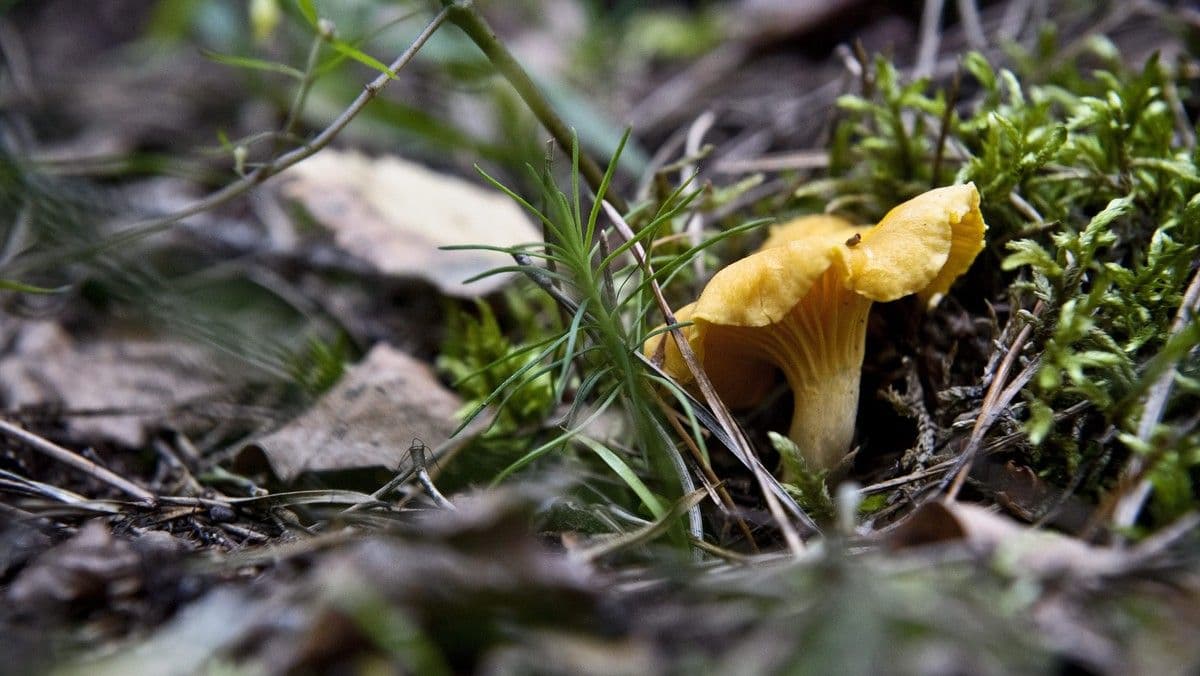
Decoding the Forest Floor: A Forager's Journey Through Poland's Mushroom Seasons
